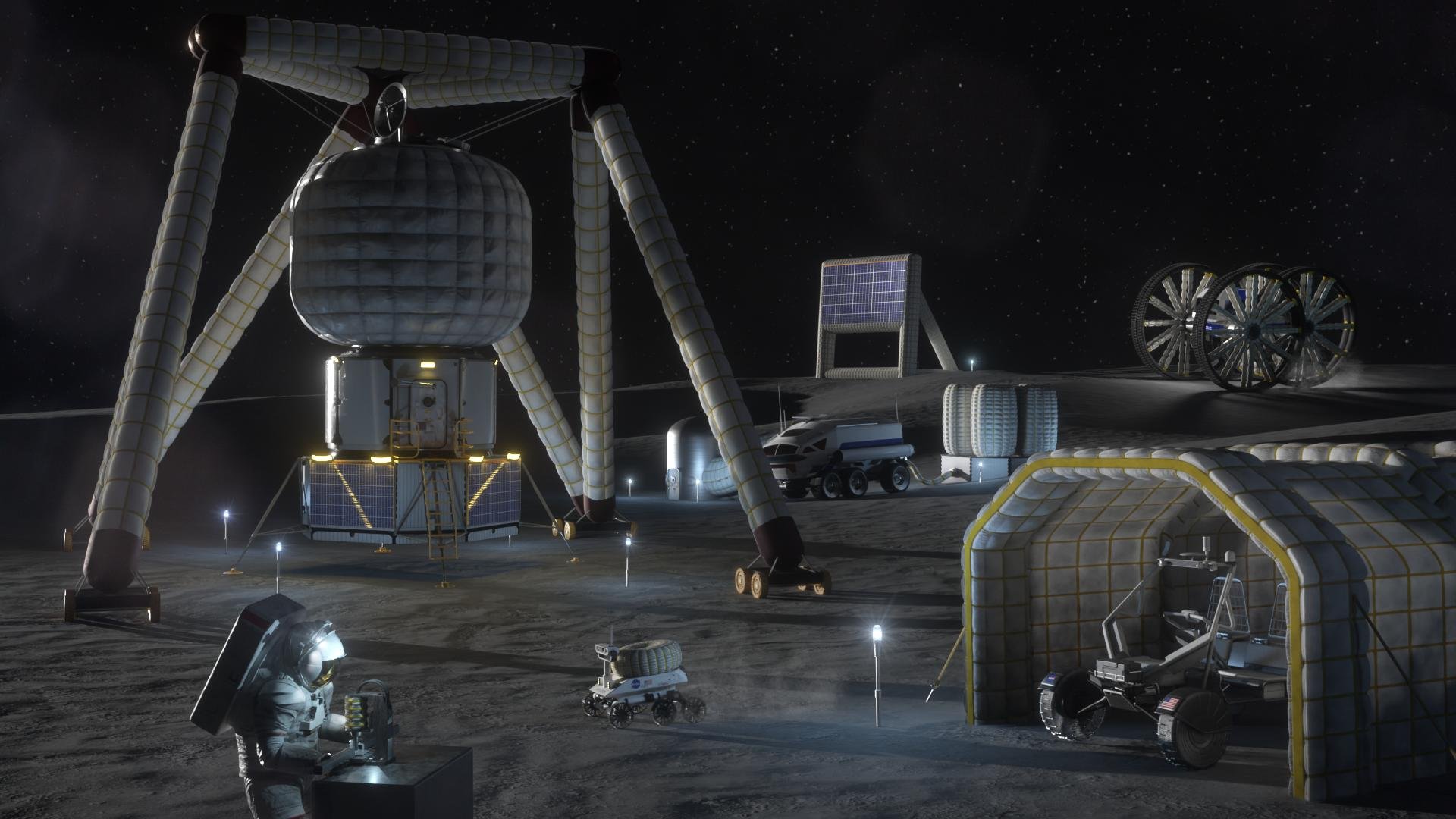NASA recently announced the launch of its annual Big Impact Innovative Ideas (BIG) competition, which invites creative students to develop and demonstrate new solutions for future human missions to the Moon and other space destinations. With the theme “Inflatable systems for lunar operations”BIG Challenge 2024 aims to reduce the mass and volume of payloads to be taken to the Moon in the future by the Artemis Program.
Considered essential to the success of the mission that will take humans to our natural satellite in December 2025, this year’s competition proposes participating teams to go beyond the idea of lunar “tents” but explore new possibilities for inflatable components.
The ambitious NASA order includes: deployable towers, large antennas and solar reflectors, emergency shelters for extended EVAs, low-mass cranes and bridges for unloading and moving equipment, pressurized tunnels and airlocks, deployable debris shields, and dust, among other structures protection systems.
How can you take part in the BIG 2024 competition to build inflatable structures on the Moon?
The BIG Idea Challenge is open to teams of 5 to 25 undergraduate and/or graduate students from accredited colleges and universities in the United States and formally affiliated with the so-called Space Grant Consortium. This consortium is a NASA initiative that aims to promote the study of science, technology, engineering, and mathematics (STEM) in the context of space exploration.
Each team and its advisor will present their suggestions for participation in the competition. The project will feature five to eight finalists selected by a panel of NASA and industry experts.He will review the proposal and a video package containing scenarios of inflatable systems to be included in future space missions.
Those selected will receive grants of between $50,000 and $150,000, including equipment costs, and will have up to nine months to develop, refine, test their proposal and write a 15- to 20-page technical paper detailing their results. The final presentation will take place at the BIG Idea Forum, Ahead of technical design review that will include demonstrations in analog test environments simulating lunar conditions.
Why did NASA choose inflatable facilities on the Moon?
More than 120 years of research and technological development have failed to solve fundamental logistical issues such as volume and mass limitations when it comes to manned missions.
Since its creation in 1903 by Russian engineer Konstantin Tsiolkovsky, The so-called dynamic equation of the rocket continues incessantly: Larger payloads require more propellant to escape Earth’s gravity. This means larger rockets with heavier tanks, etc. It means.
The solution explored in the BIG Challenge is to ship large, low-mass, packable inflatable systems in payload enclosures. He landed in the space environment, These devices inflate and become even larger than the stored volume. Registrations for the BIG Idea Competition can be made on the competition website until February 1, 2024.
Always stay up to date on science and technology at TecMundo. If you wish, take the opportunity to explore the coveted south pole of the Moon.
Source: Tec Mundo
I’m Blaine Morgan, an experienced journalist and writer with over 8 years of experience in the tech industry. My expertise lies in writing about technology news and trends, covering everything from cutting-edge gadgets to emerging software developments. I’ve written for several leading publications including Gadget Onus where I am an author.













